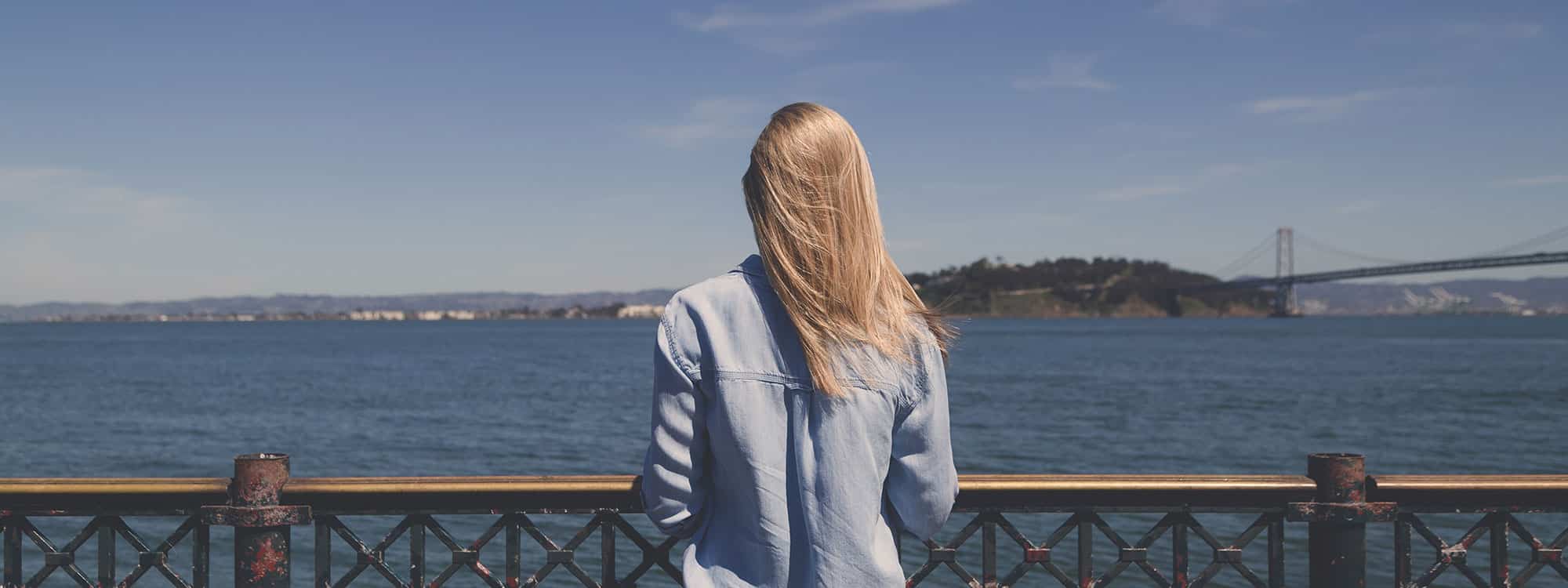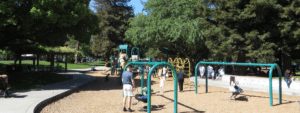Here at Greenbelt Alliance, election day is always hotly anticipated, even when it is not a presidential primary. We’ve been working on local land-use ballot measures since the 1960s and have seen great success (and a few heartbreaking losses) in locking in Urban Growth Boundaries around our cities, stopping sprawl development from taking over precious natural and working lands, and securing much-needed funding for permanent protection of open space, increased public transportation options, and affordable homes.
We often see (and endorse) public finance ballot measures, which are a primary way our local governments can provide essential services, permanently protect land for recreation and other benefits, and leverage state, federal and philanthropic resources for the region. Our local and regional governments have few other tools at their disposal to raise revenue for infrastructure priorities. And we know we urgently need to invest more in our local infrastructure in the face of a changing climate. Investments in nature-based infrastructure like restored wetlands, well-maintained forests and greenbelts, floodable parks, and protected watersheds before big natural disasters strike, can protect our residents and ecosystems and significantly reduce economic disruption.
Bay Area voters time and time again have shown their generosity in investing in a better future for the region. However, with rising home costs and rising inequality in the region, relying on local tax measures to fund big, urgent infrastructure needs has its limitations.
In the recent election, on March 3, those limitations were evident as approval rates for local bonds and parcel tax measures around the state were the lowest in over 10 years, since the depths of the last recession. Measures that Greenbelt Alliance helped craft, endorsed and campaigned for, such as Measure J for transportation in Contra Costa County, Measure K for parks in Napa County and Measure I for the Sonoma-Marin Area Rail Transit system were defeated.
But we also had some bright spots around the Bay Area for the measures we endorsed, including more funding for affordable homes in San Jose and attempts to derail a new park in Marin County that was stopped! We were also pleased to see friends and partners around the region successfully pass measures like the wildfire prevention tax in Marin County and a measure to improve parks and homeless services in Oakland.
These mixed results show us that we need to get creative, collaborate more, and find new strategies for the investments we need for a more resilient region. And with the added uncertainty and increased costs to communities around responses to COVID-19, it is unlikely that the State of California will be focused on the climate-resilient investments we need. And yet, we don’t have time to delay action. So we’ve come up with three initial thoughts to help frame efforts moving forward to the upcoming November election and beyond.
- While we need new investments, we also need to ensure we are strategically leveraging all current infrastructure dollars to build resilience and reduce climate risk. Just this week, the Florida legislature passed a groundbreaking bill preventing public investments on infrastructure projects that are at risk of destruction due to sea-level rise. We’ll be advocating for similar policies at the state and regional level here.
- When a majority of a community comes together to support investments in new parks and permanent protection of natural habitat, they can be thwarted by the need for a majority ⅔ threshold ballot measure. We will advocate for the legislature to change the voter threshold for these measures to ensure the majority of people are heard and empowered to act to improve their communities.
- A patchwork of local tax measures can feel piecemeal and ineffective to address regional challenges such as transportation. Our current challenges need bold action and collaboration at a level we have never seen across government agencies. We will continue to encourage local elected leaders to work closely around the region and across the state to develop and implement bold solutions that can be truly transformative. These efforts can increase support among residents and voters to support the policies and funding necessary for real solutions.
Photo: Kace Rodriguez via Unsplash




